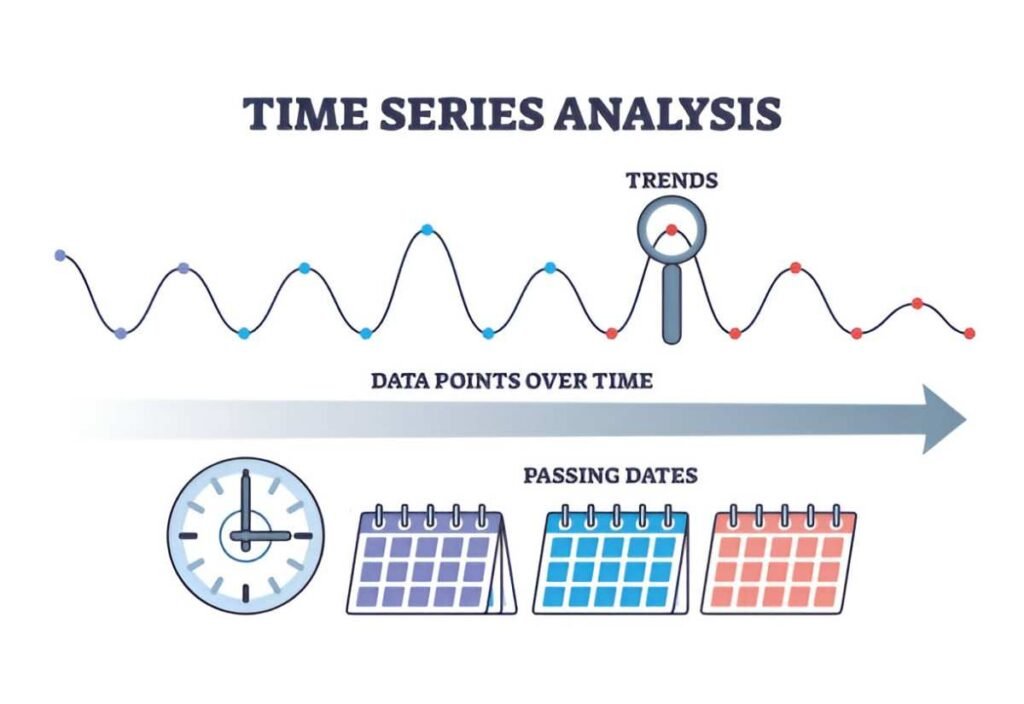Extrapolation is a method used in various fields, including finance and economics, to estimate or predict values beyond a known set of data points. This article delves into the concept of extrapolation, provides practical examples to illustrate its application, and emphasizes its significance in decision-making and analysis.
Table of Contents
What is Extrapolation?
Definition
Extrapolation refers to the process of estimating or projecting values outside the range of known data based on existing trends or patterns. It involves extending a line, curve, or trend derived from observed data points to predict future or additional data points beyond the observed range.
Key Points to Understand
- Purpose: Extrapolation is used to forecast future trends, predict outcomes, or estimate values in situations where direct observation or measurement is not possible.
- Methods: Common methods of extrapolation include linear extrapolation, where a straight line is extended from observed data points, and nonlinear extrapolation, which involves extending curves or more complex trends.
- Assumptions: Extrapolation assumes that the observed trend will continue into the future without significant changes in underlying factors or conditions.
Examples of Extrapolation in Practice
Practical Applications
- Example 1: Sales Forecasting
- A retail company analyzes its sales data over the past five years and observes a consistent annual growth rate of 5%. Using extrapolation, the company extends this growth trend to forecast sales for the upcoming year, assuming that market conditions and consumer behavior remain stable.
- Example 2: Population Growth
- Demographers study historical population data and use extrapolation techniques to predict future population sizes. By analyzing birth rates, mortality rates, and migration patterns, they can estimate how populations will change over decades.
Importance of Extrapolation
Advantages and Considerations
- Decision Support: Extrapolation provides valuable insights for decision-making, allowing businesses, governments, and researchers to anticipate future trends and plan accordingly.
- Resource Allocation: It helps in allocating resources effectively by predicting demand, sales, or other variables that influence operational decisions.
- Risk Management: While useful, extrapolation carries risks if underlying assumptions or trends change unexpectedly, leading to inaccurate predictions.
Reference and Examples
Extrapolation methods are widely used in statistical analysis, economics, engineering, and scientific research. Researchers and analysts often reference textbooks on statistics and data analysis for detailed methodologies and case studies involving extrapolation.
Conclusion
Extrapolation is a powerful analytical tool that enables professionals to project trends, forecast outcomes, and make informed decisions based on historical data. By extending known patterns into the future, businesses and researchers can anticipate changes, plan strategies, and adapt to evolving environments. However, it is crucial to acknowledge the assumptions and limitations of extrapolation to mitigate risks and ensure the accuracy of predictions. As technologies and methodologies evolve, extrapolation continues to play a pivotal role in driving innovation, strategy formulation, and informed decision-making across various disciplines.





